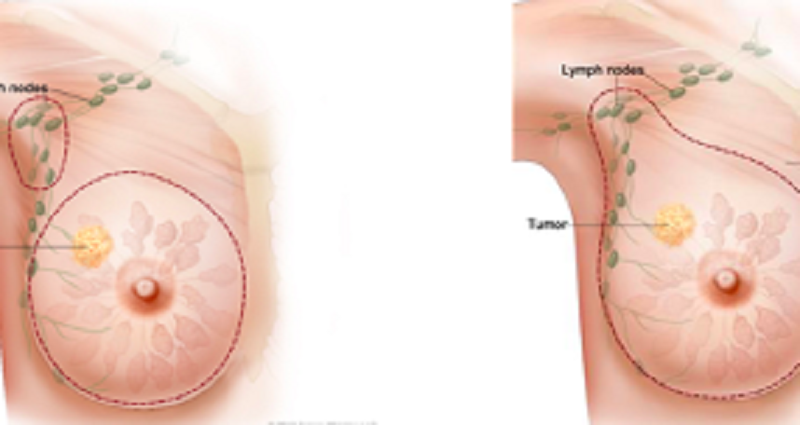Breast cancer
{"name":"Breast cancer", "url":"https://www.quiz-maker.com/QPREVIEW","txt":"Test your knowledge about breast cancer with our informative quiz! This quiz is designed to help you understand the different types of breast cancer, diagnosis methods, treatment options, and psychosocial aspects associated with the disease.19 engaging questionsMultiple choice and checkbox formatsLearn about breast cancer risk factors and self-management strategies","img":"https:/images/course2.png"}
More Quizzes
World Cancer Day
13631
Breast Cancer
5221
Makroekonomika
1050
Week 1
10519
Pet Groomer Career: Are You Cut Out to Groom Pets?
201030748
Which Eczema Type Do You Have? Free to Find Out
201030041
Free Mental Health and Drug Abuse
201022911
Free Basic Anatomy & Physiology Test
201027846
The Sandage Project
15827287
Ultimate Noun: Test Your Grammar Skills for Free
201038876
Free MAT-144 1 Review
201021759
Free Employee Benefits Sales Training
201022399


